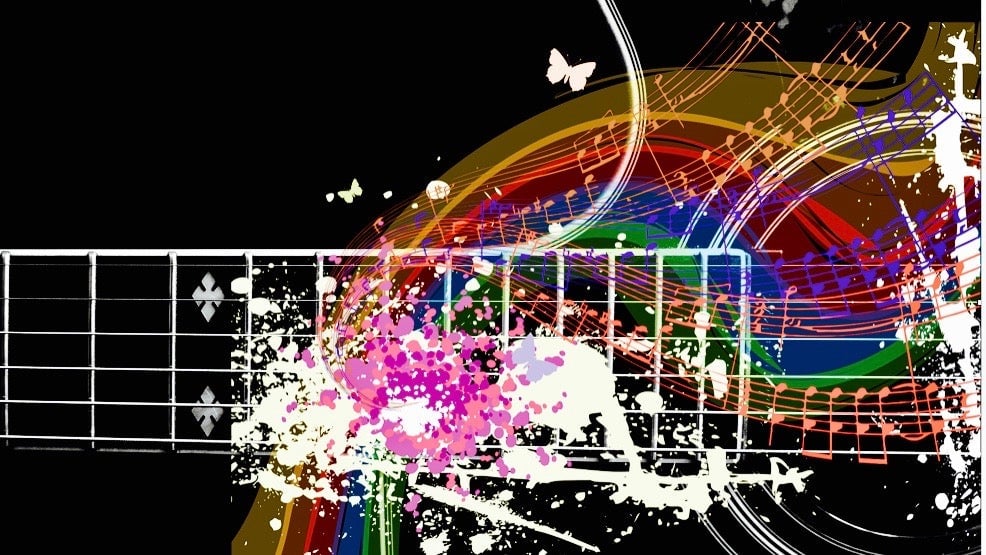Since 2010, sad songs have become less common all over the world
The conventional wisdom on plucking emotional strings musically is basically this: Major chords lift spirits and go with heartening lyrics, while minor chords are for darker tunes with moody language.


The conventional wisdom on plucking emotional strings musically is basically this: Major chords lift spirits and go with heartening lyrics, while minor chords are for darker tunes with moody language.
A new study published in the Royal Society of Open Science on Nov. 15 confirms this, to some extent, but adds a few twists. The paper, titled ”The minor fall, the major lift,” in reference to the Leonard Cohen song “Hallelujah,” found significant differences by how lyrics have been combined with major and minor chords across different geographical regions, musical genres, and historical eras.
Researchers from Indiana University-Bloomington performed analyzed about 90,000 songs in English from different genres (such as classic rock, pop, punk, metal, R&B, and religious) written by musicians around the world, published since 1950, and posted on ultimate-guitar.com. They assessed the chords used in the songs and judged the emotional valence of lyrics using a common social-science scale that rates 222 different words on a scale of 1-9 in terms of their emotional positivity. “Love” for example is a high-valence word that rates a 9, while “pain” is a low-valence word that rates a 1.
It turns out that worldwide, moody tunes are on the decline. Low-emotional-valence songs—tunes with negative lyrics—became increasingly common from 1950 to 2010, but since have been less commonly written. The researchers didn’t offer an explanation for the apparent increase in lyrical positivity, saying only that more study is needed.
To get a geographic perspective, the researchers compared songs from Asia, Australia, North America, Scandinavia, and Western Europe. They found Asian songs had the most positive lyrical content while Scandinavian musicians proved lyrically somber over the years, as fans of Korea’s aggressively upbeat K-pop and Sweden’s uniquely gloomy brand of death metal can no doubt attest.
But the tie between lyrical mood and specific musical chords might not be universal. While Scandinavian songs with positive lyrics tended to be written with major chords, high-valence songs from Asia were just as likely to use major and minor chord progressions.
That said, all of the songs analyzed in this study were in English. Tunes by Asian songwriters written in a foreign tongue may not reflect the same sophistication in lyrical content, or preoccupations, as songs written in a person’s native languages. It’s still too soon to conclude emotional valence in music is cultural.
Finally, the genre analysis wasn’t too surprising. Metal and punk songs tend to have many more gloomy lyrics than others, using lots of words like “pain” and “death.” Meanwhile religious tunes and classic rock of the 1960s, say, use many positive words with high emotional valence, like “praise” and “love.”